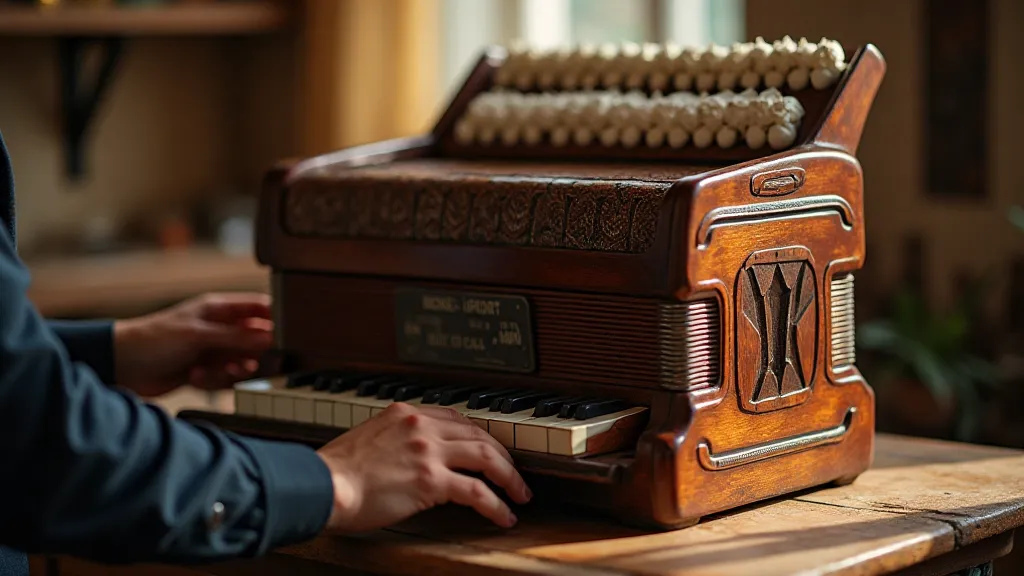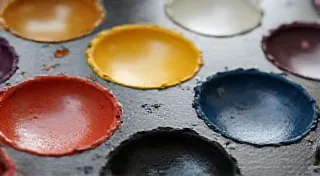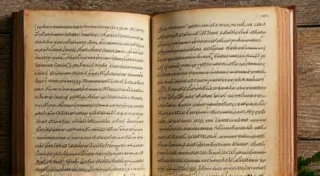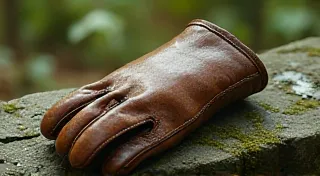The Carpenter’s Lament: Wood, Weather, and the Resilience of Accordion Frames
There's a particular sadness that settles when you first lay eyes on an antique accordion ravaged by time. Not the immediate despair of seeing a broken instrument, but a quieter, more profound melancholy. It’s the recognition of a craftsman’s dedication, long since passed, and the silent testimony of years spent battling the relentless forces of entropy. I'm not talking about missing keys or broken reeds – those are challenges we can conquer. I’m speaking of the wood itself: the frames, the bellows protectors, the corner protectors, often crafted from seasoned hardwoods like mahogany, walnut, or occasionally, less desirable but still essential, birch.
My first significant restoration project was a 1930s Excelsior. It had been abandoned in an attic, a victim of changing musical tastes and the inevitability of neglect. The rich, dark sheen of the mahogany frame was dull, obscured by a film of grime and, more worryingly, a network of hairline cracks. The air in that attic felt thick with the weight of unspoken stories, and the feeling of responsibility I felt towards this silent, beautiful object was overwhelming. That's when I understood the carpenter's lament - the sorrow of witnessing a once-noble material succumb to the elements.
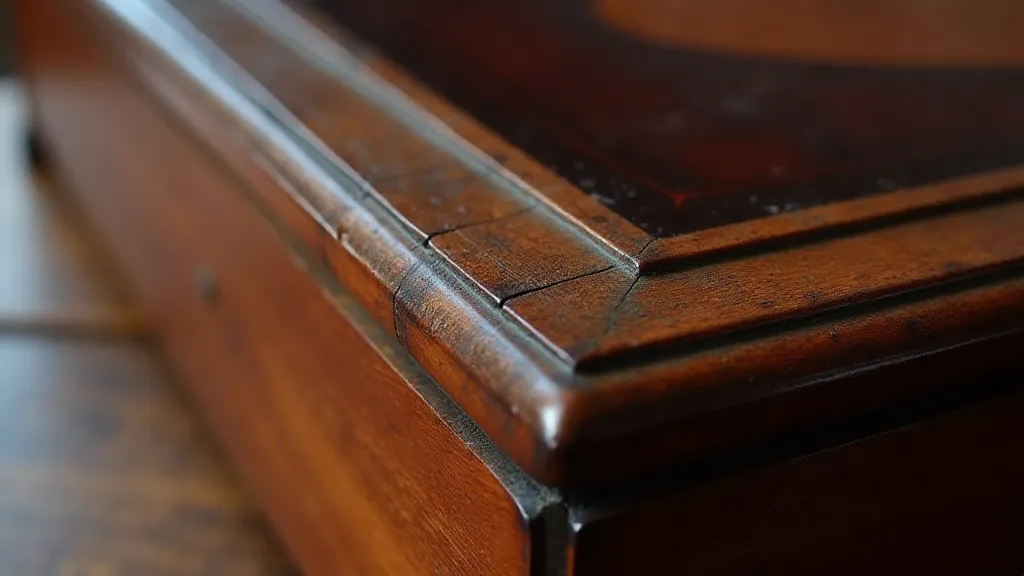
The Silent Enemy: Understanding Wood Degradation
Accordion frames are primarily constructed from solid wood, which makes them inherently susceptible to environmental factors. Humidity, temperature fluctuations, insect infestation, and even the gradual breakdown of lignin (the substance that strengthens wood) all contribute to degradation. Warping is a common affliction – uneven moisture absorption causes the wood to distort, creating bends and curves that affect the instrument's playability and structural integrity. Rot, often caused by fungal activity in humid environments, weakens the wood’s internal structure, leaving it brittle and prone to collapse.
Insect damage, particularly from woodworms (Anobiidae) and powderpost beetles (Lyctidae), is another significant concern. These pests bore tunnels through the wood, creating a network of fragile channels that compromise its strength. Identification of the species is crucial – different insects leave different tell-tale signs and require different preventative measures once the infestation is eradicated. Visual inspection under magnification is often necessary; the presence of fine, powdery frass (insect excrement) is a clear indicator of activity.
The quality of the original wood is paramount. Early accordion manufacturers often sourced high-grade hardwoods, allowing for exceptional resonance and durability. However, even the best-quality wood eventually succumbs to the passage of time, unless diligently cared for. This is why understanding the wood's original grain structure and density is so important during restoration.
Conservation Techniques: A Delicate Balance
Restoring a damaged accordion frame isn’t simply about fixing the visible problems; it’s about understanding the underlying cause of the degradation and stabilizing the wood to prevent future issues. A purely cosmetic fix is a temporary solution, destined to fail.
The first step is thorough cleaning. Gentle solvents and meticulous hand scrubbing are required to remove years of accumulated grime and varnish. Caution is essential; harsh chemicals can further damage the wood and strip away its natural oils. A careful assessment of the varnish condition is also necessary. While original finishes are desirable for historical accuracy, heavily cracked or failing varnish can trap moisture and accelerate degradation. Removing it carefully, layer by layer, is often the best course of action.
Addressing warping requires a slow and methodical approach. Controlled humidity and gentle clamping can, in some cases, coax the wood back into its original shape. This process can take weeks or even months, demanding patience and a deep understanding of wood behavior. The application of humidity chambers and specialized jigs allows for a controlled rehydration and controlled shrinking. This is best left to someone with experience as improper technique can make matters worse.
Rotten sections are the most challenging. While wood consolidation techniques can be employed to stabilize weakened areas, extensive rot often necessitates grafting – replacing the damaged portion with carefully matched wood. This requires exceptional woodworking skills and a keen eye for detail. The grain direction of the new wood must precisely match the original, and the patch must be seamlessly blended to maintain the integrity of the frame’s appearance. Wood consolidation often involves epoxy resins designed for this specific purpose, and they must be compatible with the existing wood’s chemical properties.
Insect damage requires a multi-pronged approach. Thorough vacuuming removes frass and eggs. A professional fumigation or the application of insecticidal treatments may be necessary to eradicate any remaining pests. Preventative measures, such as regular inspection and the use of desiccant packs, can help prevent future infestations.
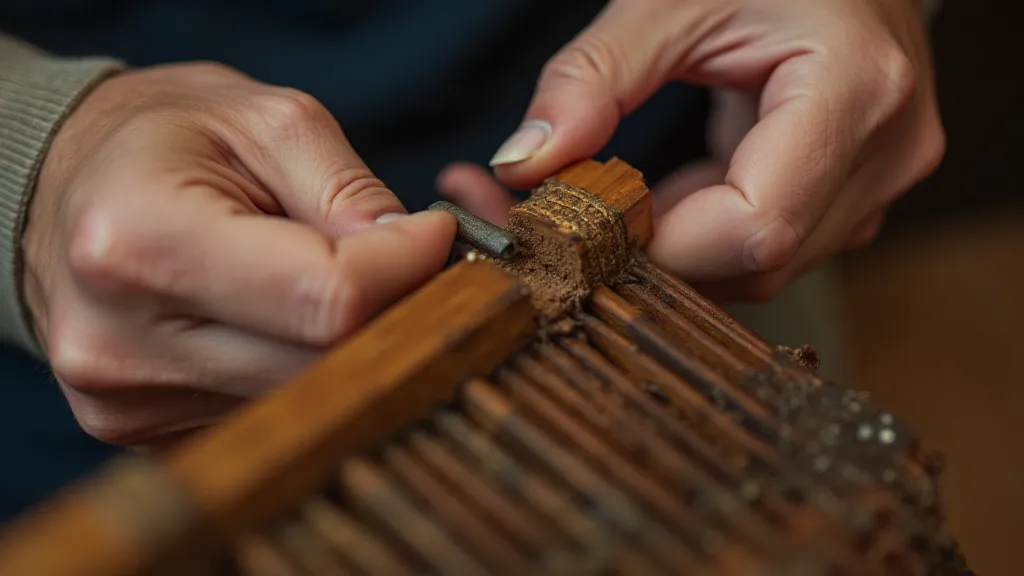
Beyond Repair: Ethical Considerations
There’s a philosophical debate among antique accordion enthusiasts regarding the extent of restoration. Purists argue that every intervention diminishes the instrument's historical value. They advocate for minimal repairs, preserving the patina of age, even if it compromises playability. Others believe that restoring an accordion to full functionality is the most respectful course of action, allowing future generations to experience its musical potential.
My own view lies somewhere in between. While I strive to preserve as much of the original material as possible, I also believe that an accordion’s true value lies in its ability to create music. I err on the side of stability and playability, but always with a deep respect for the instrument’s history and craftsmanship. Replacing a crucial structural element, like a corner protector, often necessitates sourcing a piece of wood as close as possible to the original species, age, and color. Authenticity is not simply about appearance, but about recreating the original manufacturing conditions as faithfully as possible.
The Resonant Reward
Restoring an antique accordion frame is a labor of love, demanding patience, skill, and a profound appreciation for the artistry of the past. It’s a conversation with history, a testament to the enduring power of craftsmanship. The challenges are undeniable, but the rewards are immeasurable. There’s a profound satisfaction in bringing a silent, neglected instrument back to life, hearing it resonate once more, and knowing that you’ve played a small part in preserving a piece of musical heritage.
That first note, played on an accordion that you’ve painstakingly restored – that’s the moment the carpenter’s lament fades away, replaced by the joyous song of resilience and rediscovery. The history lives again.
